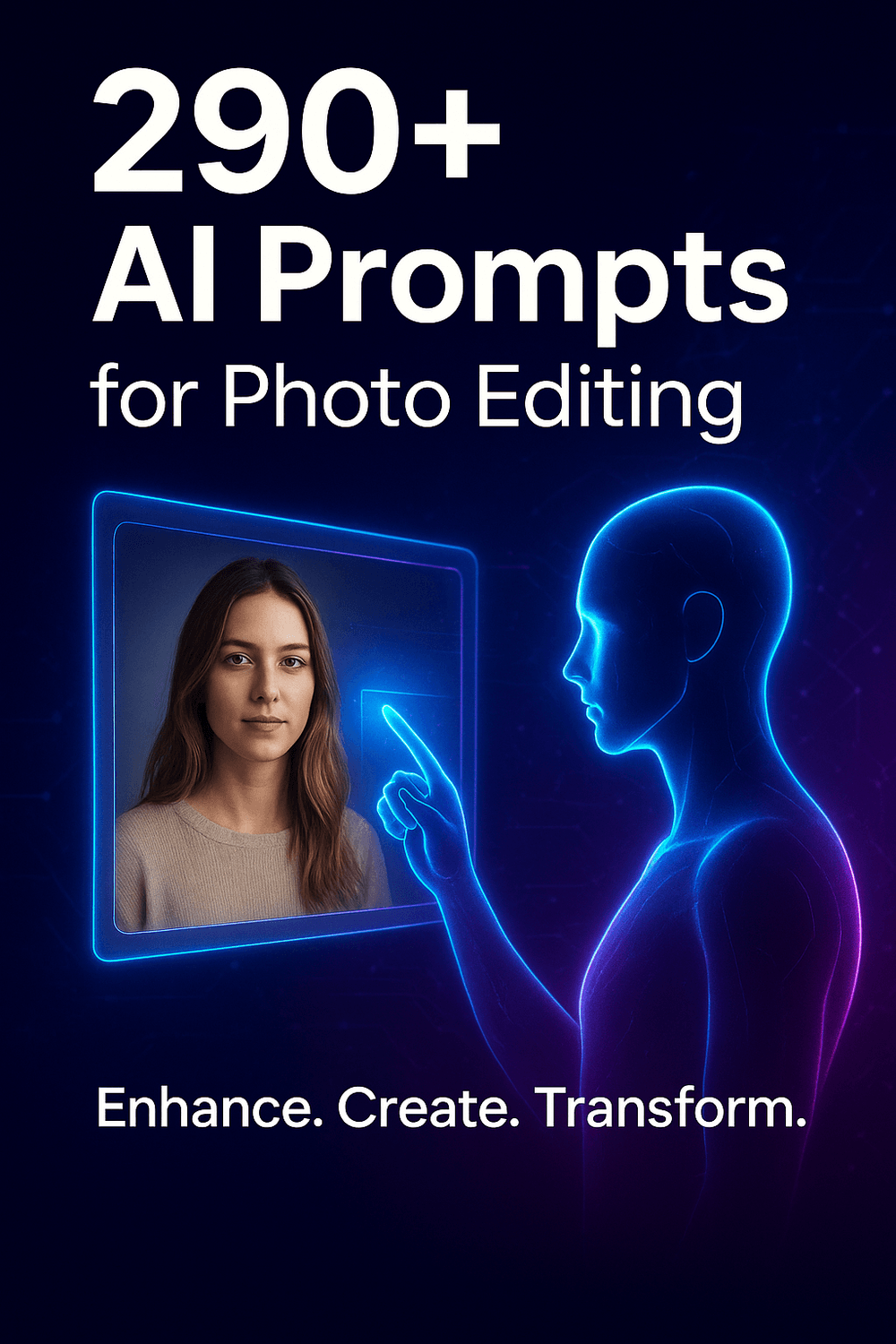I. Introduction to AI Bias
A. Definition of AI bias
AI bias refers to the systematic errors in AI systems that create unfair outcomes, such as privileging one arbitrary group of users over others. These biases can stem from various sources, including flawed data, algorithmic design, and human prejudices embedded in the development process.
B. Importance of addressing bias in AI systems
Tackling AI bias is crucial for several reasons. First, it's a matter of fairness and equality. AI systems increasingly influence important decisions in our lives, from loan approvals to hiring processes.
If these systems are biased, they can perpetuate and even amplify existing societal inequalities. Second, biased AI can lead to poor decision-making, reducing the overall effectiveness and reliability of these technologies.
Lastly, addressing bias is essential for maintaining public trust in AI technologies and ensuring their widespread acceptance and adoption.
This article will guide you through the multifaceted issue of AI bias. We'll start by examining the origins and causes of bias in AI systems. Then, we'll explore different types of AI bias and their consequences.
We'll discuss methods for detecting and measuring bias, followed by strategies for mitigation. Finally, we'll look at future directions in the ongoing battle against AI bias.
II. Origins and Causes of AI Bias
A. Data-related biases
One of the primary sources of AI bias lies in the data used to train these systems. If the training data is unrepresentative, incomplete, or contains historical biases, the AI model will likely reflect and potentially amplify these biases.
For instance, a facial recognition system trained primarily on images of light-skinned individuals will likely perform poorly when analyzing darker skin tones. This isn't because the AI is inherently racist, but because it hasn't been exposed to a diverse enough dataset to accurately recognize all skin tones.
B. Algorithm design biases
The way algorithms are designed and implemented can also introduce bias. Even with perfectly balanced data, the choices made in feature selection, model architecture, and optimization criteria can lead to biased outcomes.
For example, an AI system designed to predict criminal recidivism might use zip code as a predictive feature. While this might improve the model's overall accuracy, it could lead to discriminatory outcomes if zip codes are closely correlated with race or socioeconomic status in the area.
C. Human cognitive biases in AI development
Humans are inherently biased, and these biases can seep into AI systems during the development process. Developers might unknowingly embed their own prejudices into the algorithms they create or the way they interpret and act on results.
Consider a team developing an AI-powered hiring tool. If the team members subconsciously associate certain traits with success based on their own experiences or biases, they might design the system to favor candidates with those traits, potentially leading to unfair hiring practices.
D. Historical and societal biases reflected in AI
Many AI systems are trained on historical data, which often reflects past societal biases and inequalities. When these systems learn from such data, they can perpetuate these biases into the future.
A prime example is Amazon's experimental hiring tool that showed bias against women. The system was trained on resumes submitted to the company over a 10-year period, most of which came from men, reflecting the male dominance in the tech industry. As a result, the AI learned to penalize resumes that included the word "women's" or mentioned all-women's colleges.
III. Types of AI Bias
A. Gender bias in AI systems
Gender bias in AI manifests in various ways, from voice recognition systems that struggle with female voices to machine learning models that associate certain professions with specific genders. For instance, image captioning AI might be more likely to label a person in a kitchen as female, regardless of their actual gender.
B. Racial and ethnic biases
Racial and ethnic biases in AI can lead to discriminatory outcomes in areas like facial recognition, criminal justice, and healthcare. For example, a 2019 study found that a widely used algorithm in US hospitals was less likely to refer Black patients than equally sick White patients to programs that improve care for patients with complex medical needs.
C. Age-related biases
AI systems can also exhibit bias against certain age groups. This could manifest in job recruitment tools that unfairly favor younger candidates or in healthcare AI that's less accurate in diagnosing conditions in older patients due to underrepresentation in training data.
D. Socioeconomic biases in AI applications
AI can perpetuate and exacerbate socioeconomic inequalities. For instance, AI-powered credit scoring systems might unfairly deny loans to individuals from lower-income backgrounds, not based on their actual creditworthiness, but due to biases in the historical data used to train these systems.
IV. Consequences of AI Bias
A. Perpetuation of societal inequalities
When AI systems embed and amplify existing societal biases, they can create a feedback loop that further entrenches these inequalities. For example, biased hiring algorithms could lead to less diverse workforces, which in turn could lead to even more biased AI systems being developed in the future.
B. Discriminatory decision-making in various sectors
AI bias can lead to unfair outcomes across numerous sectors:
In healthcare, biased AI could result in misdiagnoses or unequal access to care for certain groups.
In finance, it could lead to unfair lending practices or insurance premium calculations.
In criminal justice, biased risk assessment tools could result in harsher sentences for certain demographics.
C. Erosion of trust in AI technologies
As instances of AI bias come to light, they can erode public trust in these technologies. This could lead to resistance against AI adoption, even in areas where it could provide significant benefits.
D. Legal and ethical implications
AI bias raises complex legal and ethical questions. Companies using biased AI systems could face lawsuits for discrimination. Moreover, the use of biased AI in decision-making processes could violate ethical principles of fairness and equality.
V. Detecting and Measuring AI Bias
A. Audit techniques for AI systems
Auditing AI systems for bias involves systematically reviewing their inputs, processes, and outputs. This can include techniques like:
Analyzing training data for representation and balance
Examining the model's decision-making process
Testing the system with diverse input data to check for disparate outcomes
B. Fairness metrics and their limitations
Various metrics have been developed to quantify fairness in AI systems, such as demographic parity, equal opportunity, and equalized odds. However, it's important to note that these metrics often involve trade-offs and can't capture all aspects of fairness.
C. Intersectionality in bias detection
Intersectionality - the interconnected nature of social categorizations such as race, class, and gender - adds complexity to bias detection. An AI system might appear unbiased when considering gender alone, but show significant bias when gender and race are considered together.
D. Challenges in quantifying bias
Quantifying bias is not straightforward. It often requires making value judgments about what constitutes fairness, which can vary depending on the context and stakeholders involved. Moreover, some forms of bias might be subtle or emerge only in specific scenarios, making them challenging to detect.
VI. Strategies for Mitigating AI Bias
A. Diverse and representative datasets
One of the most effective ways to reduce AI bias is to ensure that training data is diverse and representative. This might involve:
Actively collecting data from underrepresented groups
Balancing datasets to ensure equal representation
Using synthetic data to fill gaps in representation
B. Algorithmic fairness techniques
Various technical approaches can be used to promote fairness in AI algorithms:
Pre-processing techniques to modify training data
In-processing methods that constrain the learning algorithm
Post-processing approaches that adjust the model's outputs
C. Inclusive AI development teams
Diverse teams are more likely to identify and mitigate potential biases. This includes diversity not just in terms of demographics, but also in disciplines, bringing together computer scientists, ethicists, domain experts, and others.
D. Ethical guidelines and regulatory frameworks
Developing and adhering to ethical guidelines for AI development can help prevent bias. Regulatory frameworks, such as the EU's proposed AI Act, can also play a crucial role in ensuring AI systems are developed and deployed responsibly.
VII. Future Directions in Combating AI Bias
A. Emerging research in AI fairness
The field of AI fairness is rapidly evolving. Researchers are exploring new ways to define, detect, and mitigate bias. This includes work on causal approaches to fairness, adversarial debiasing techniques, and methods for explaining AI decisions.
B. Collaborative efforts between industry and academia
Addressing AI bias requires collaboration between academia, which often leads in theoretical advancements, and industry, which has the resources and real-world applications to test and implement these advancements.
C. Policy and governance innovations
As AI becomes more pervasive, we're likely to see new policies and governance structures emerge to address bias. This could include AI auditing requirements, fairness certifications, or new legal frameworks for AI accountability.
D. Public awareness and education initiatives
Increasing public understanding of AI bias is crucial. This includes educating users about the potential for bias in AI systems and empowering them to question and challenge these systems when necessary.
In conclusion, bias in AI is a complex and multifaceted challenge that requires ongoing attention and effort from developers, researchers, policymakers, and users alike. By understanding its causes, recognizing its consequences, and actively working towards solutions, we can strive to create AI systems that are fairer, more inclusive, and truly beneficial for all of society.
FAQ Section
Q: What is AI bias? A: AI bias refers to systematic errors in AI systems that create unfair outcomes, often privileging certain groups over others. It can stem from biased training data, flawed algorithm design, or human prejudices in the development process.
Q: How does AI bias affect everyday life? A: AI bias can impact various aspects of life, from job applications and loan approvals to healthcare diagnoses and criminal justice decisions. It can perpetuate and amplify existing societal inequalities.
Q: Can AI be completely unbiased? A: Achieving completely unbiased AI is extremely challenging, if not impossible. However, we can significantly reduce bias through careful data selection, algorithm design, diverse development teams, and ongoing monitoring and adjustment.
Q: How can I tell if an AI system is biased? A: Detecting AI bias often requires systematic testing and analysis. However, if you notice that an AI system consistently produces different outcomes for different groups of people in similar situations, it might be exhibiting bias.
Q: What can be done to reduce AI bias? A: Strategies to reduce AI bias include using diverse and representative datasets, employing algorithmic fairness techniques, creating inclusive development teams, establishing ethical guidelines, and implementing regulatory frameworks.
LATEST BLOG POSTS
© businesshub360.systeme.io
All rights reserved



